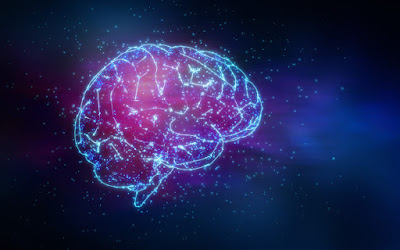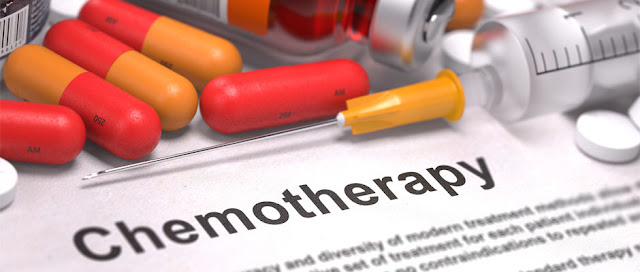Chemical biology of Neuroprotection

Neuroprotection portrays one of the most captivating therapeutic strategies for the prevention of neurodegeneration and attenuating neuronal damage. The evolution of novel neuroprotective agents has attracted stupendous drug discovery efforts, aiming towards the identification of effective neurotherapeutics for a number of central nervous system (CNS) disorders, including neurodegenerative diseases such as Alzheimer's disease (AD), Parkinson's disease (PD), amyotrophic lateral sclerosis (ALS), dementia, stroke, traumatic brain injury (TBI), spinal cord injury, schizophrenia, drug abuse-induced neurotoxicity (i.e. methamphetamine overdoses), and even retinal diseases and glaucoma. This aims to provide a forum for the dissemination of the latest information on new molecules including both synthetic compounds and natural products as well as novel drug targets associated with neuroprote

